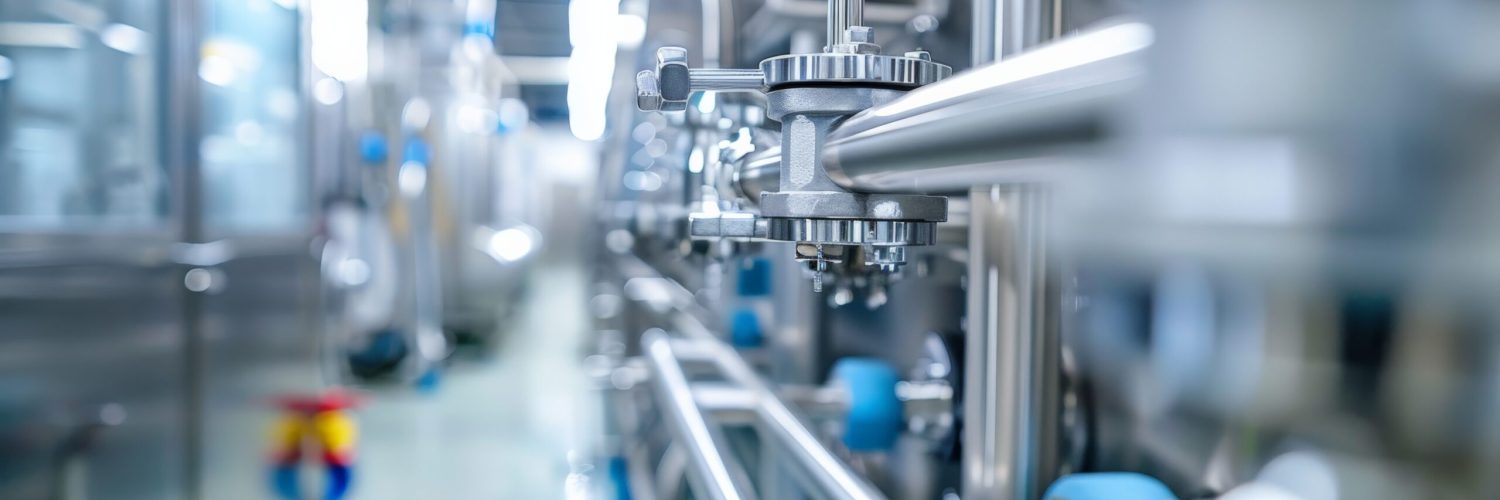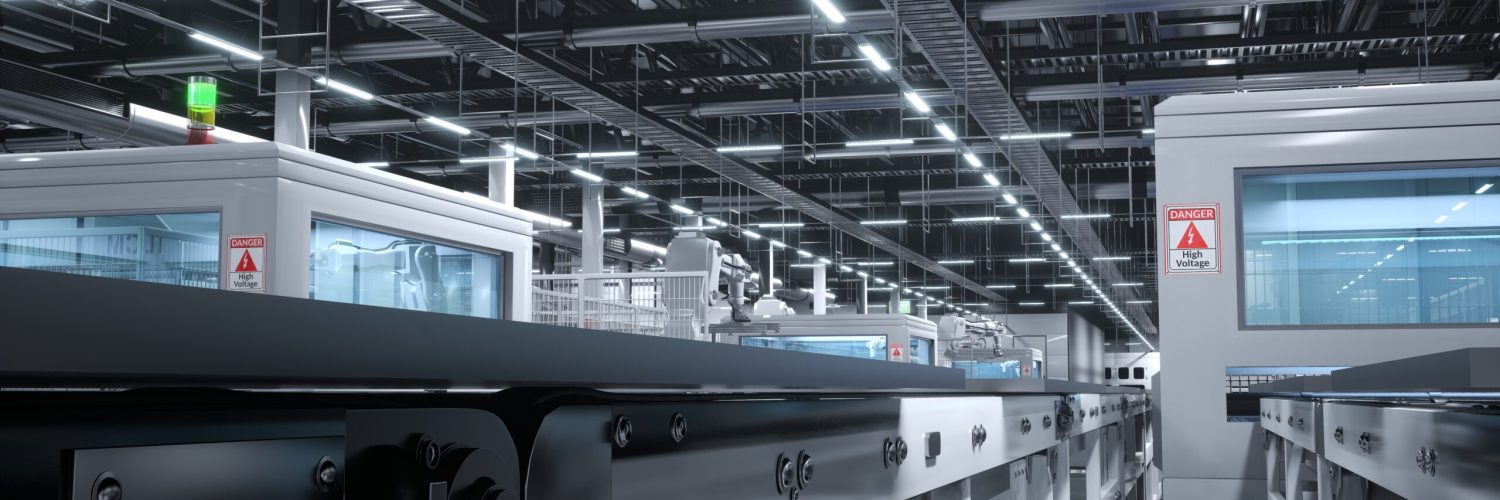🚀 How to increase production efficiency? One word: Automation.
Automation of production processes is a solution that allows companies to increase efficiency, improve product quality and reduce costs. Thanks to robotic stations and production machines, companies can shorten production time, minimize the risk of human errors and ensure full repeatability of processes. Automation is an investment that brings real benefits, and its implementation allows for achieving a competitive advantage on the market.
We invite you to watch our latest promotional film!
In the film, we show how our innovative automation solutions can revolutionize your production processes. See how robotic workstations and modern machines can increase the efficiency of your production, improve its quality and safety, and reduce operating costs.
Contact us now to find out more!
If you would like to learn more about our offer and discuss how our solutions can help your business, please contact us. We are here to support you at every stage of automation.


⚡ Automation – what’s all the fuss about?
Imagine that you own a large bakery. When you make cookies by hand, each person has to do the same thing – mix the dough, shape the cookies, place them on the baking trays, and then bake them. This takes a lot of time, is prone to errors, and chaos can occur in large production.
Now imagine that instead of doing all this by hand, you have a machine that mixes the dough, automatically shapes the cookies, and transfers them to the trays. The electronically controlled oven bakes the cookies in ideal conditions all the time. Only one employee supervises the whole thing, but the entire production is faster, more precise, and uninterrupted.

This is what a case study of production process automation may look like – machines take over repetitive and time-consuming tasks, allowing people to focus on more complex processes or control and planning operations.
⚡ Challanges
Life, however, is a bit more complicated than the imaginary confectionery shop – in reality, automation of industrial processes actually brings many advantages, but it is not without risks.
Pros
✔ Increased productivity: Machines and robots can work faster than humans, resulting in more production in less time.
✔ Improved repeatability: Automation makes processes more repeatable, resulting in fewer deviations.
✔ Reduced operating costs: Although the initial investment in automation can be high, it reduces operating costs in the long run by eliminating operations and shortening processes.
✔ Increased safety: Machines can take on dangerous tasks, such as handling hot or heavy components, reducing the risk of workplace accidents.
✔ Increased production flexibility: Automated systems can be adapted to different tasks more quickly, allowing production to more easily adapt to changing market needs.
Cons
✖ High upfront cost: Investing in modern machines, computer systems, and robots will require a financial outlay, which can be a barrier for smaller companies.
✖ Maintenance requirement: Although automated systems are more precise, they can still break down. Downtime – repairs and maintenance – can be problematic if inspections are not planned properly.
✖ Technology dependency: Companies that rely heavily on automation can become susceptible to problems related to computer system failures, cyberattacks, and other technological threats. However, this largely depends on the business profile of the company.
✖ Integration problems: Integrating new technologies into existing production processes can be complicated and time-consuming, requiring proper planning and training.
💭 Conclusion - implement automation wisely
As with everything, the weight of the advantages and disadvantages of automation depends on the specific case of the client. But not like with everything, it also depends on the contractor – NEOTECH, as trusted partners, guarantee quality and technical support. Thanks to this, we significantly reduce the risk associated with the introduction of new technologies, provide training for employees and service, and are with the Client when the machine requires service or repairs.
Trust our experience - production automation only with NEOTECH!




